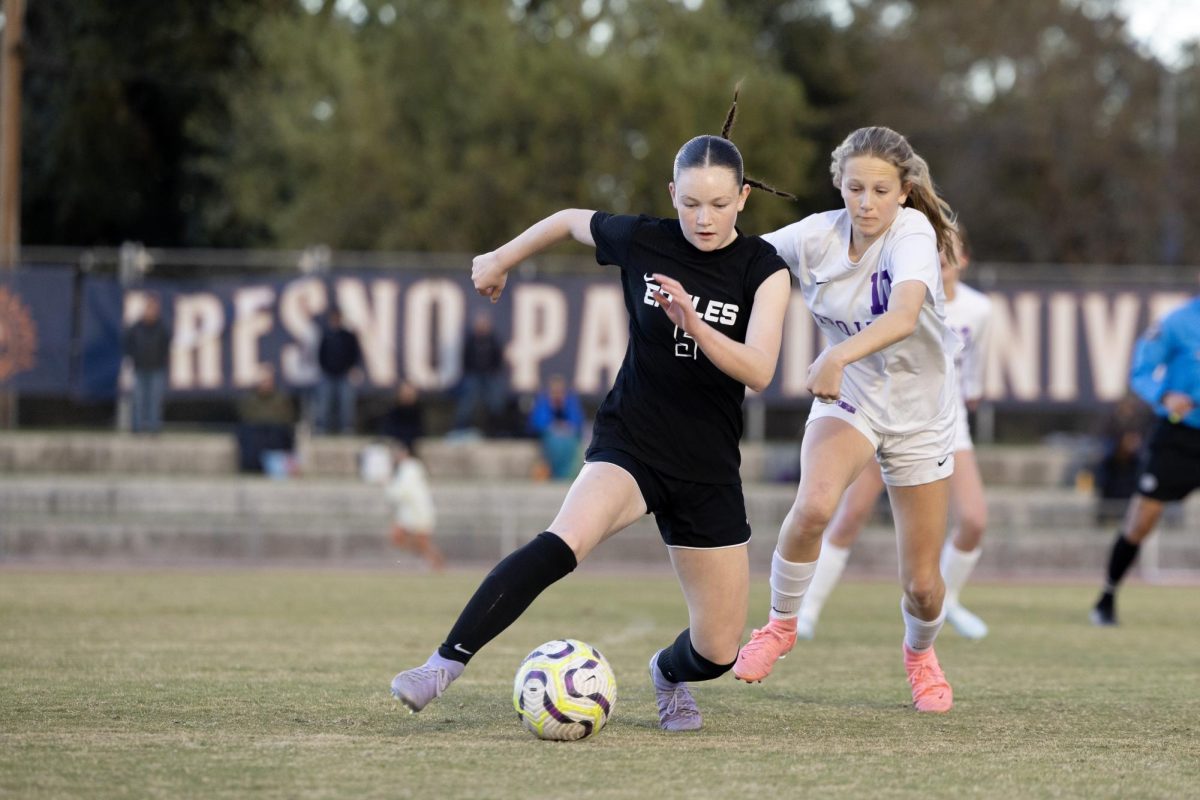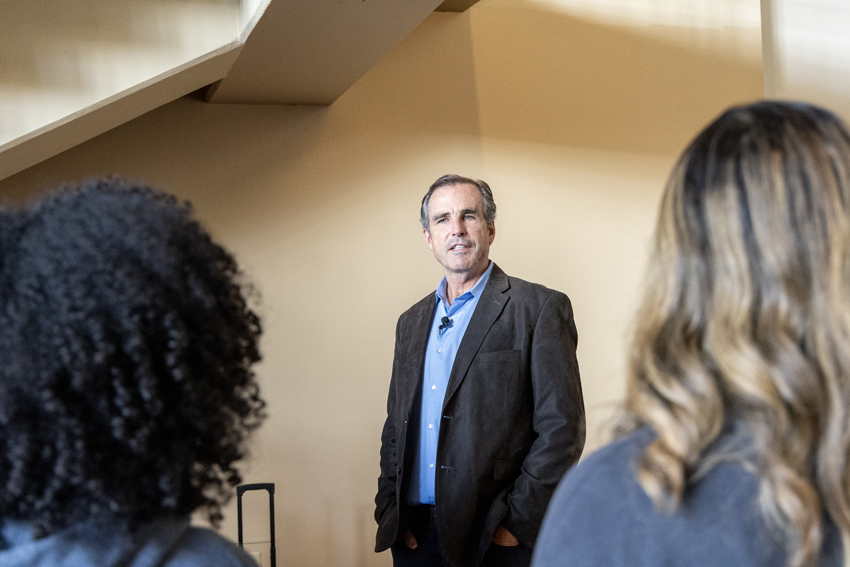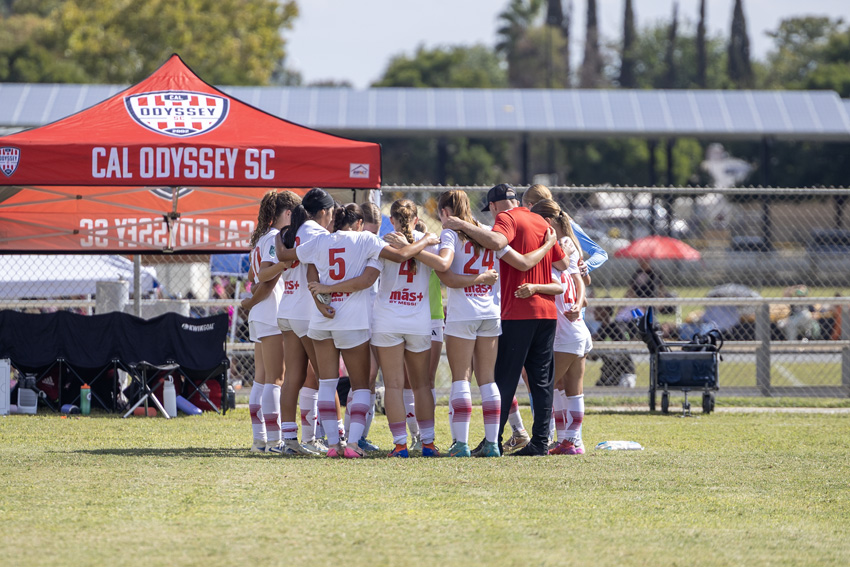Dr. Walters embraces interactive approach to learning

While most people were still sleeping, students from AP biology and zoology were already ready to leave for Monterey Bay Aquarium at 6:45 a.m. This field trip was led by Dr. Karen Walters, the teacher for both classes.
This is her fourth year of teaching at FC and she has taken her students on this trip every year. Each year Dr. Walters adds new elements to the trip. Her first year, she only took zoology students, and it was not until the second year that she took both classes.
Every year Walters has the same goal for the classes. She wants every student to learn more about the details of the marine animals.
“A great way to reinforce our lab experiences in class is with live animals,” Walters said. “The aquarium has wonderful resources to learn, touch and see. We had nice weather and perfect timing for low tide so we were finally able to go down to the tide pools. This was the first year for finding animals in their natural habitat.
“We found sea stars, lots of anemones, hermit crabs, mussels and urchins,” Walters continued. “Each year my goal for learning is the same: have the students enjoy the marine experience and become more interested and excited about studying science. Of course, I want them to learn details about the marine animals but also to become more curious.”
My favorite part of the trip was being able to explore the tide pools after we visited the aquarium. I enjoyed being able to see some of the animals we studied in zoology such as the starfish and the sea cucumber. I learned a lot about the Monterey peninsula’s wildlife diversity and how all life depends on each other to survive. — Reece Trevino
Students arrived at the aquarium at 10:15 a.m. They waited by the aquarium, looking over the ocean, waiting for their class to begin. The class they attended was called “Biodiversity of the Kelp Forest”.
Led by aquarium scientists, students learned how the kelp forest ecosystem works. They had the chance to see animals close up, including sea urchins, sea cucumbers, abalone and even fed some of them.
AP biology student Amanda Grimmius, ’19, learned a lot from this field trip, especially from the class. One of the things she learned was just how crucial each species is in the kelp forest.

“My favorite part of this trip was the open sea exhibit,” Grimmius said. “It was super cool to see how they would actually interact in the wild. I learned a lot about the special niches in the kelp forest and what makes all of the species survive. If one of these species were gone the whole ecosystem could collapse. I had a great time overall.”
After the class, students had the rest of the afternoon to explore the aquarium. At 3:00 p.m. Dr. Walters took the class to explore tide pools on the beach. Zoology student Reece Trevino, ’19, has always been fascinated with marine life. He loved roaming around the pools and searching for animals.
“My favorite part of the trip was being able to explore the tide pools after we visited the aquarium,” Trevino said. “I enjoyed being able to see some of the animals we studied in zoology such as the starfish and the sea cucumber. I learned a lot about the Monterey peninsula’s wildlife diversity and how all life depends on each other to survive.”
Zoology class will finish off this semester by learning about the remaining invertebrates they have yet to study. Students will start learning about vertebrates in the second semester.
For another science-related article, check out Chemistry teacher uses science to instruct critical thinking, observation. For more articles, read Japanese-American internment survivor recalls life during WWII.
This author can be reached via twitter @johnmonke and via email: John Monke.





Logan Lewis • Nov 17, 2017 at 8:00 am
I really wish I got to go on this trip. I love the Monterrey Bay Aquarium so much!
Karen Walters • Nov 16, 2017 at 8:22 pm
Amazing Trip! The weather really cooperated with the low tide! Out in nature is the best place to be…